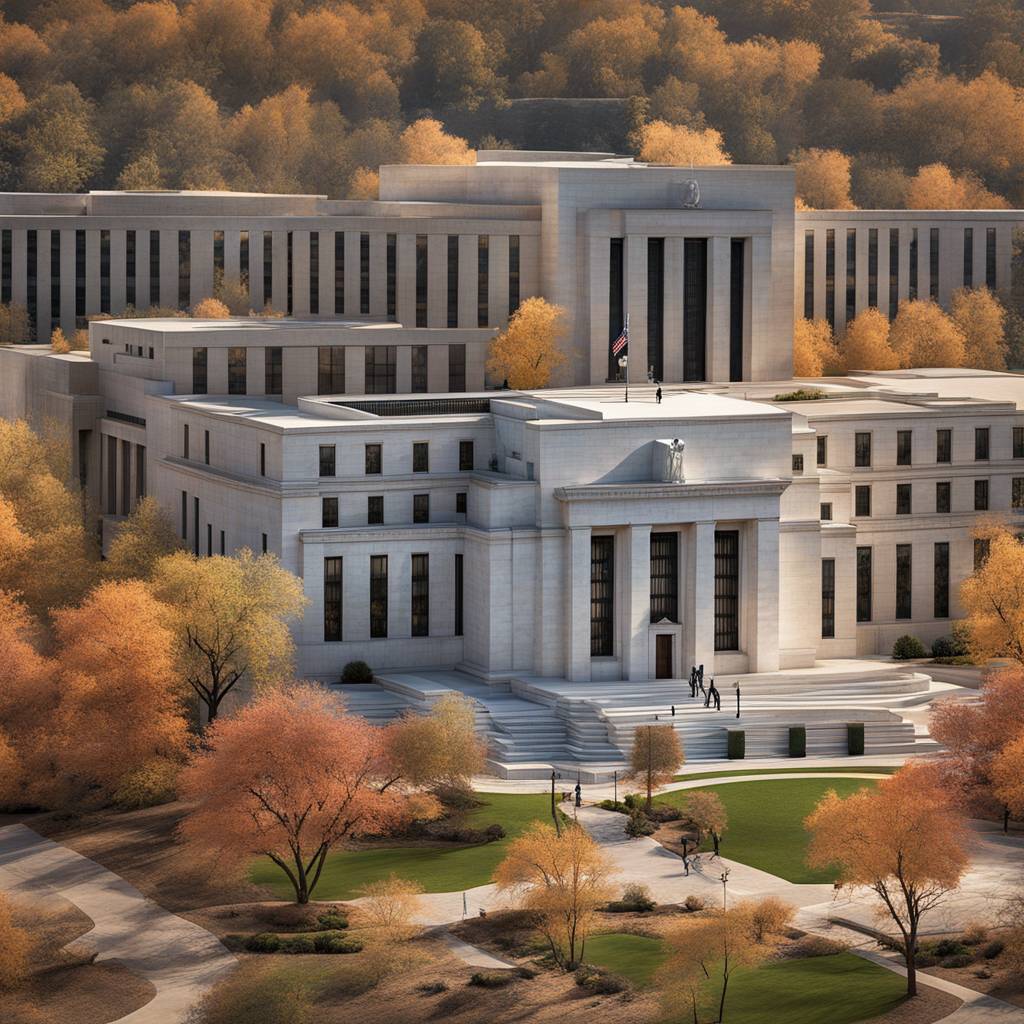Goldman Sachs Chief Economist Jan Hatzius believes that the Federal Reserve will implement three interest rate cuts, despite recent comments from some officials suggesting that no cuts may be necessary. Hatzius remains optimistic about the U.S. economy, projecting close to 3% growth this year and a 15% probability of a recession within the next 12 months. He also expects inflation to remain cool, with the core PCE price index reaching 2.4% by the end of 2024 and 2% next year. Based on this forecast, Hatzius would be surprised if rate cuts were not implemented this year.
In a recent interview, Minneapolis Fed President Neel Kashkari mentioned the possibility of zero rate cuts if inflation continues to stay flat. Fed Chair Jerome Powell also stated that policymakers would need more time to evaluate the state of inflation, leaving uncertainty around the timing of potential interest rate cuts. Market participants are closely monitoring comments from Fed officials for clues on the expected number of rate reductions this year, and will be looking for further indications from Friday’s jobs data on the labor market and inflation trends.
Traders currently anticipate that the Federal Reserve will keep interest rates unchanged at the May policy meeting, with nearly a 94% likelihood, according to the CME Fed WatchTool. However, there is a roughly 60% probability of a rate cut at the June gathering, a significant decrease from the previous week. The Fed had held interest rates steady for a fifth consecutive meeting last month, keeping the benchmark overnight borrowing rate at 2.25%-2.5%, while signaling expectations for three quarter-percentage point cuts by the end of 2024.
Hatzius expressed his confidence in the U.S. economy’s growth prospects this year, expecting strong performance that could coincide with cooling inflation. He projects that the personal consumption expenditures price index will reach 2.4% by the end of 2024 and drop to 2% next year. The core PCE price index, which excludes food and energy components, is the Fed’s preferred measure of inflation. Given this forecast, Hatzius believes that rate cuts are likely this year based on the statements from Chair Powell and other Fed officials, but the timing remains uncertain.
While some Fed officials have raised the possibility of no rate cuts being necessary if inflation stays stagnant, Hatzius remains persistent in his belief that three interest rate cuts will be implemented. He emphasized the importance of near-term data and the reaction function from the Fed in determining the timing of these cuts. As market participants continue to parse through statements from Fed officials and economic data, they will be keen on following developments to gauge the trajectory of interest rate decisions for the rest of the year.
Overall, Hatzius maintains an optimistic outlook on the U.S. economy’s growth trajectory, with his projections on economic expansion and inflation aligning with expectations for interest rate cuts this year. The intricacies of interpreting economic data, Fed officials’ statements, and market reactions will play a crucial role in shaping the Federal Reserve’s decisions on interest rates in the coming months, as traders monitor these developments closely for potential shifts in policy direction.













